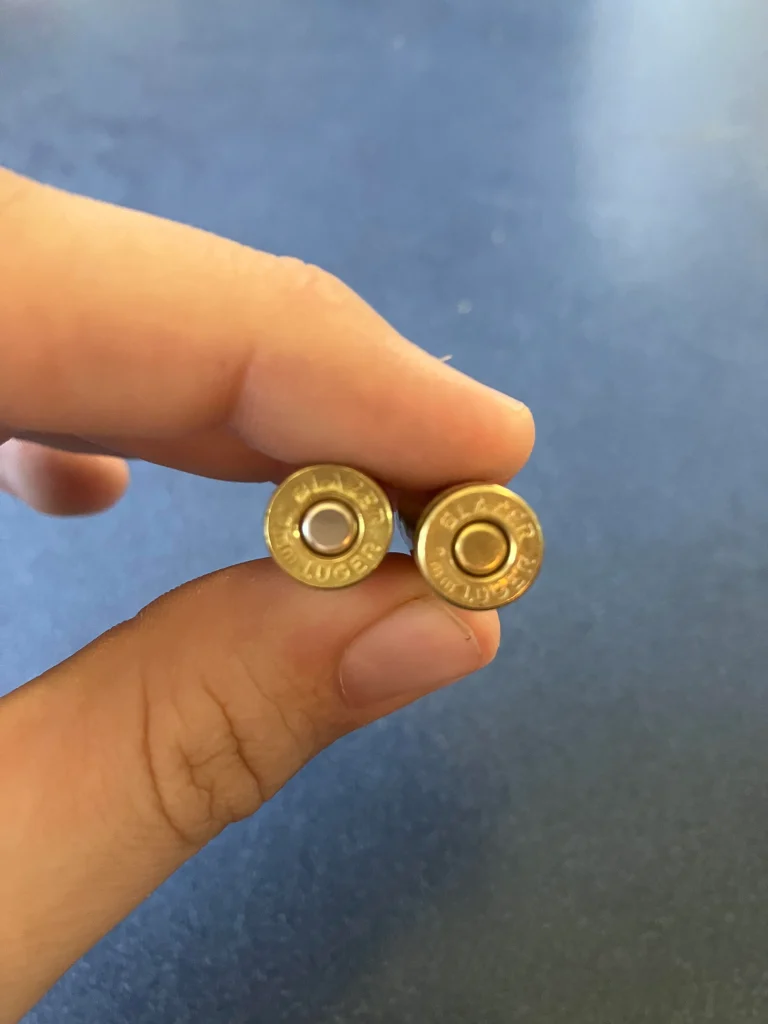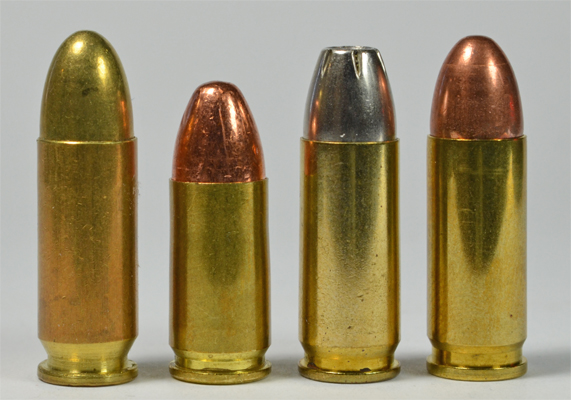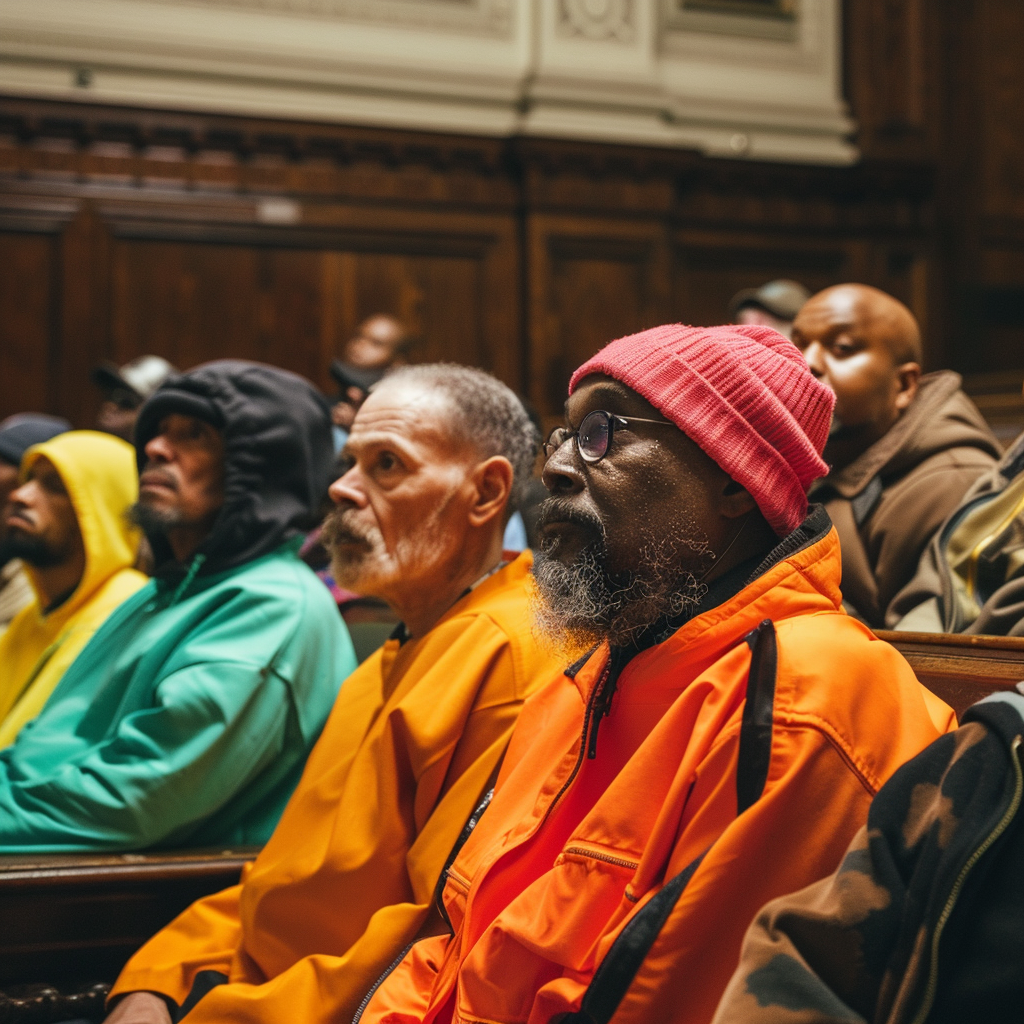Alec Baldwin’s lawyers have filed a motion to dismiss his manslaughter case, citing the state’s failure to turn over a batch of bullets to the defense. On Friday morning, Judge Mary Marlowe Sommer sent the jury home for the weekend to explore the defense motion further. Attorney Luke Nikas argued that this failure was part of a broader pattern of disclosure violations by the prosecution, stating it was time for the case to be dismissed.

Baldwin is on trial for shooting cinematographer Halyna Hutchins on the set of “Rust” in 2021. He was unaware that his gun contained a live round, and the source of the live bullets on the set has remained a critical mystery in the case. Troy Teske, a former police officer, turned in a batch of bullets to the Santa Fe County Sheriff’s Office in March, claiming they would match the fatal round.

On Thursday, defense attorney Alex Spiro questioned a crime scene technician about why the bullets had not been made available to the defense before the trial, accusing detectives of “burying” the evidence. The defense filed a seven-page motion on Thursday night seeking to dismiss the case. At a hearing on the motion Friday morning, prosecutor Kari Morrissey argued that the bullets do not match the fatal round and have no evidentiary value.

Judge Marlowe Sommer asked to see the rounds and donned blue plastic gloves to open an evidence envelope. Crime scene technician Marissa Poppell went through the rounds one by one, identifying some as Starline Brass rounds with silver primers, which match the characteristics of the fatal bullet. Without further analysis, Poppell could not be certain they were an exact match. Spiro argued that the defense never had the opportunity to conduct such analysis.

The bullets were laid out on a table in front of the judge’s bench. Morrissey told the court she had never seen them before but argued that if they match the fatal bullet, it would further confirm the prosecution’s theory that armorer Hannah Gutierrez Reed brought the live bullets to set. Judge Marlowe Sommer did not rule on the defense motion Friday morning and indicated she would hear additional testimony from the state. The hearing on the defense motion was held without the jury present.

After dismissing the jurors for the day and instructing them to return on Monday, the judge considered alternatives to dismissal. One possibility is to issue an instruction to the jurors, allowing them to infer that the state withheld the bullets because they knew they would be helpful to the defense. Another possibility is to delay the case to allow the defense a full opportunity to examine the evidence. Nikas argued that a delay would not suffice because the trial had already started and defense strategies had been set.

The judge previously rejected a pre-trial defense motion to throw out the case over alleged disclosure violations, finding that the defense had not been unfairly prejudiced. This ongoing issue highlights the complexity and contentious nature of the trial, as both sides grapple with significant evidentiary and procedural challenges.





